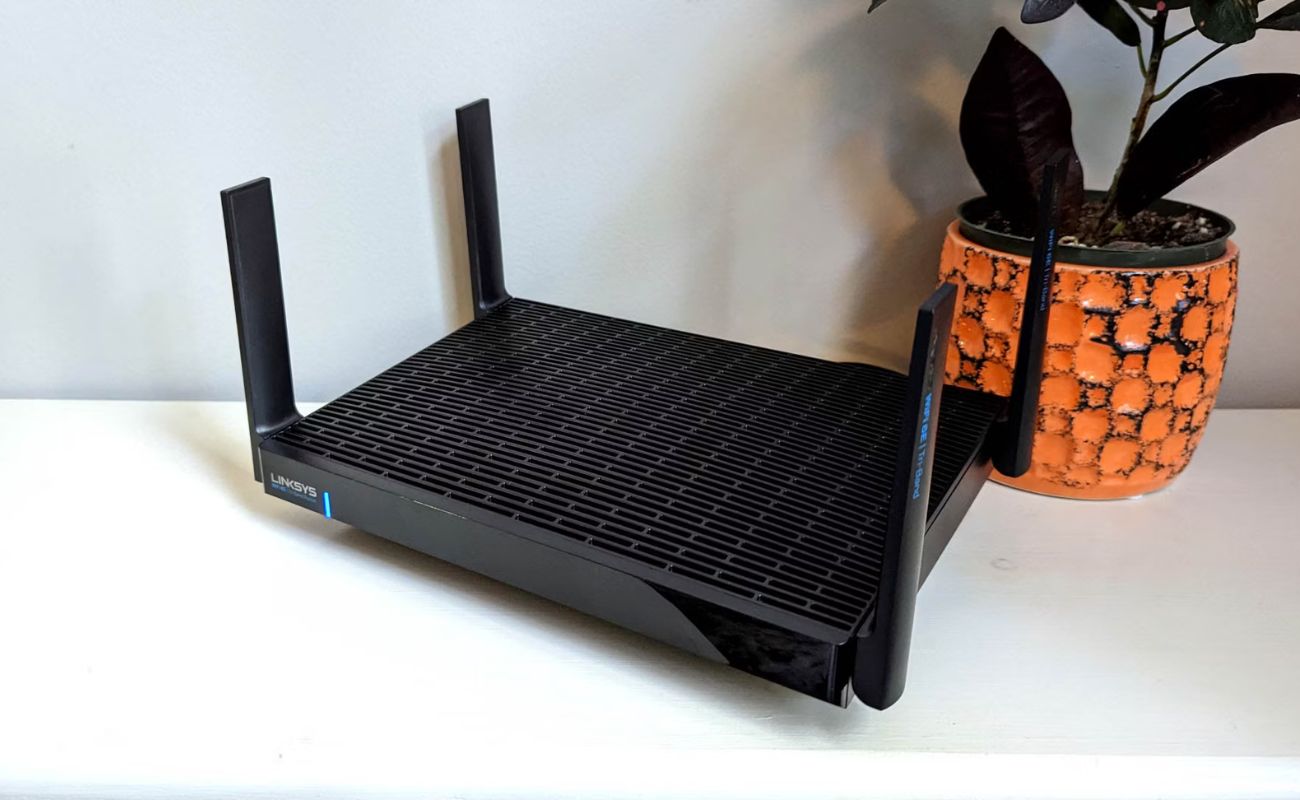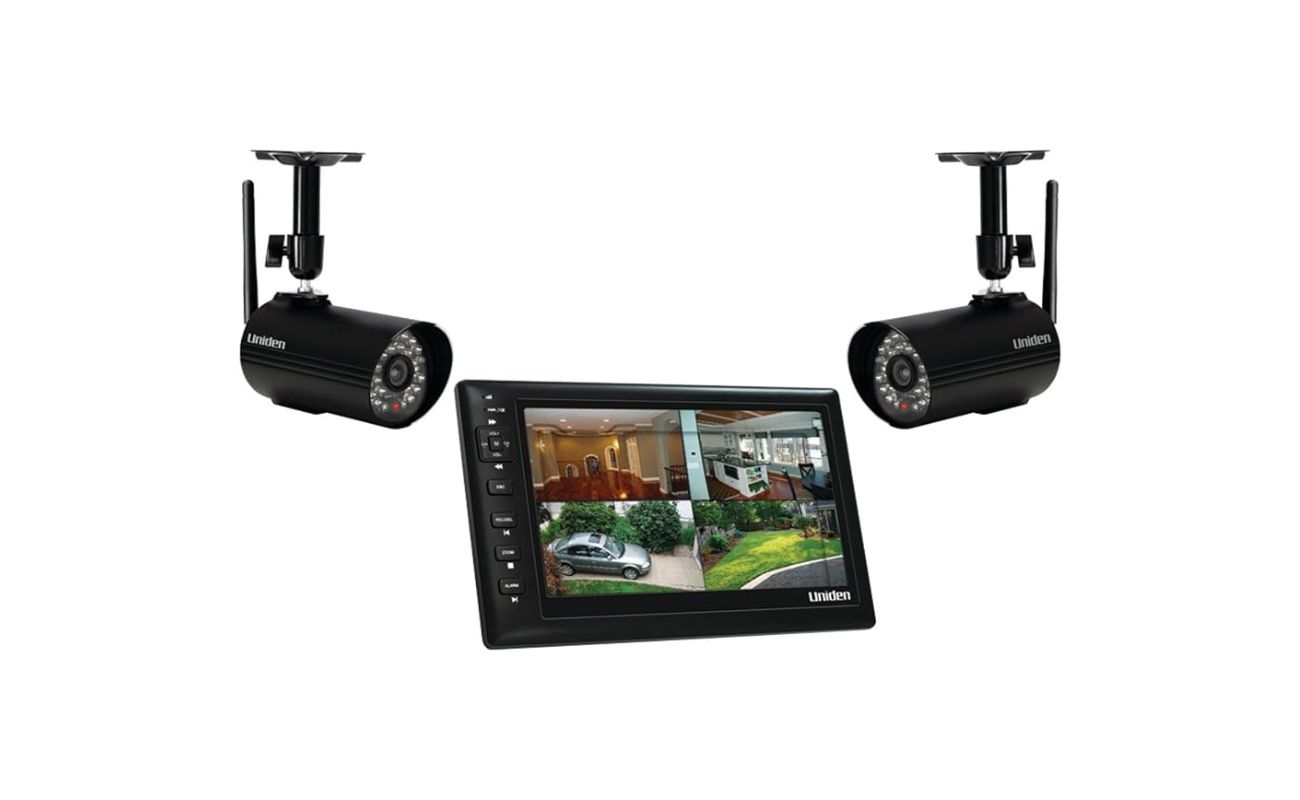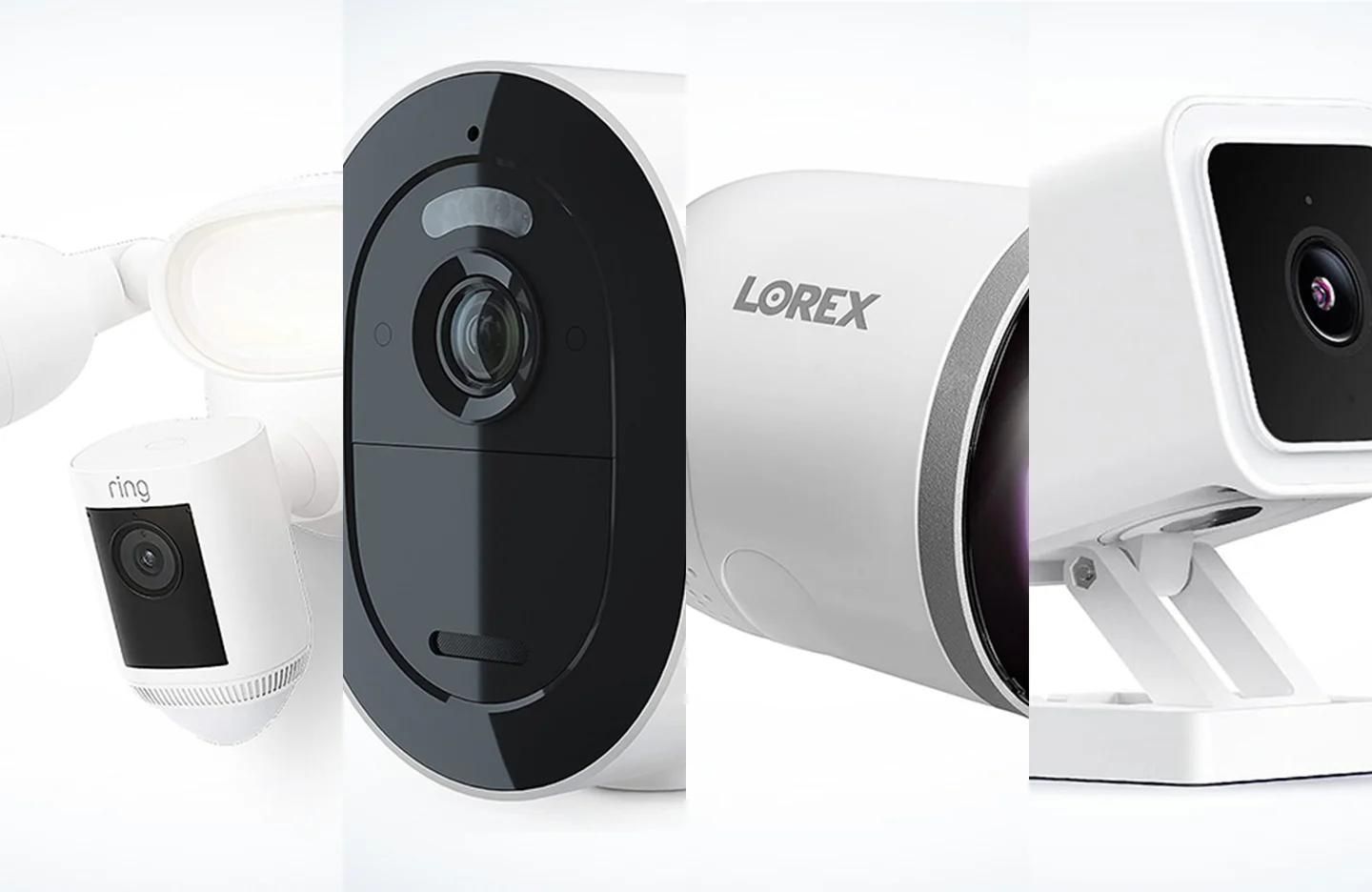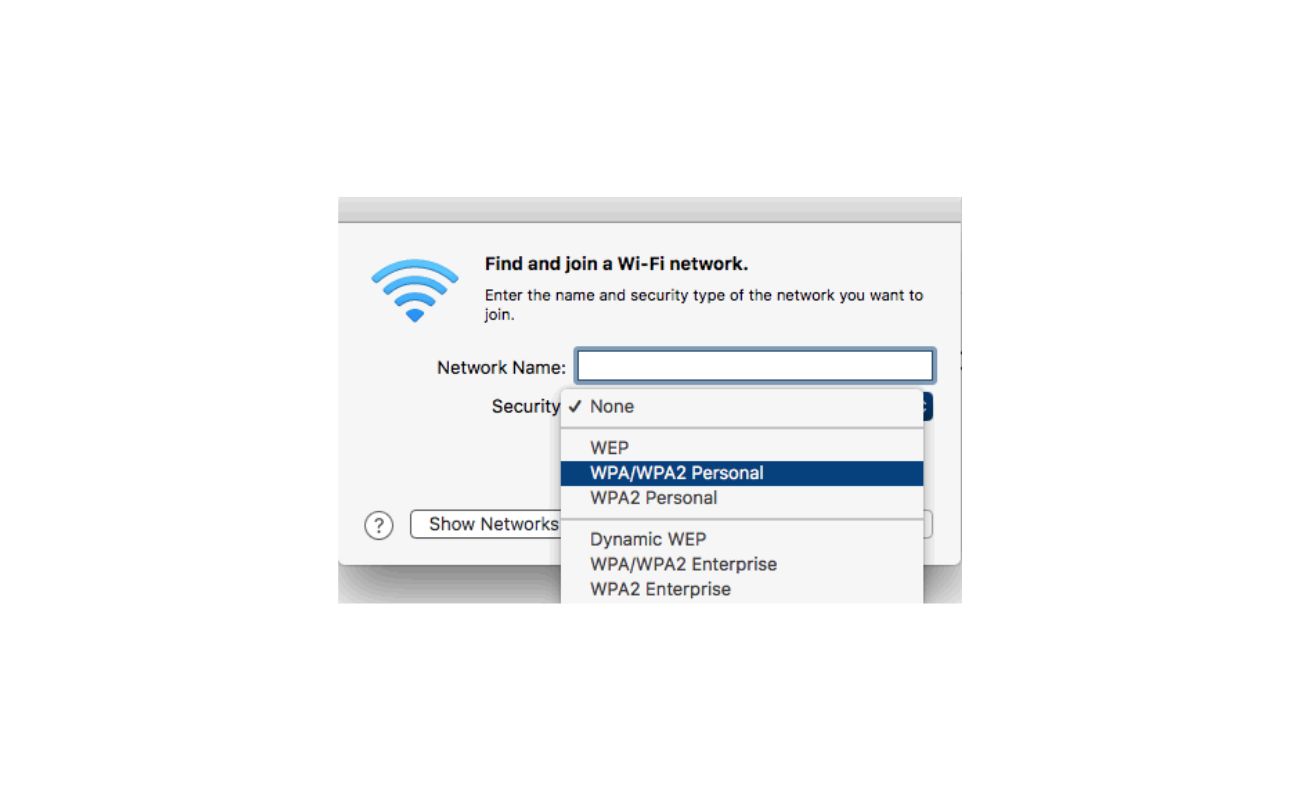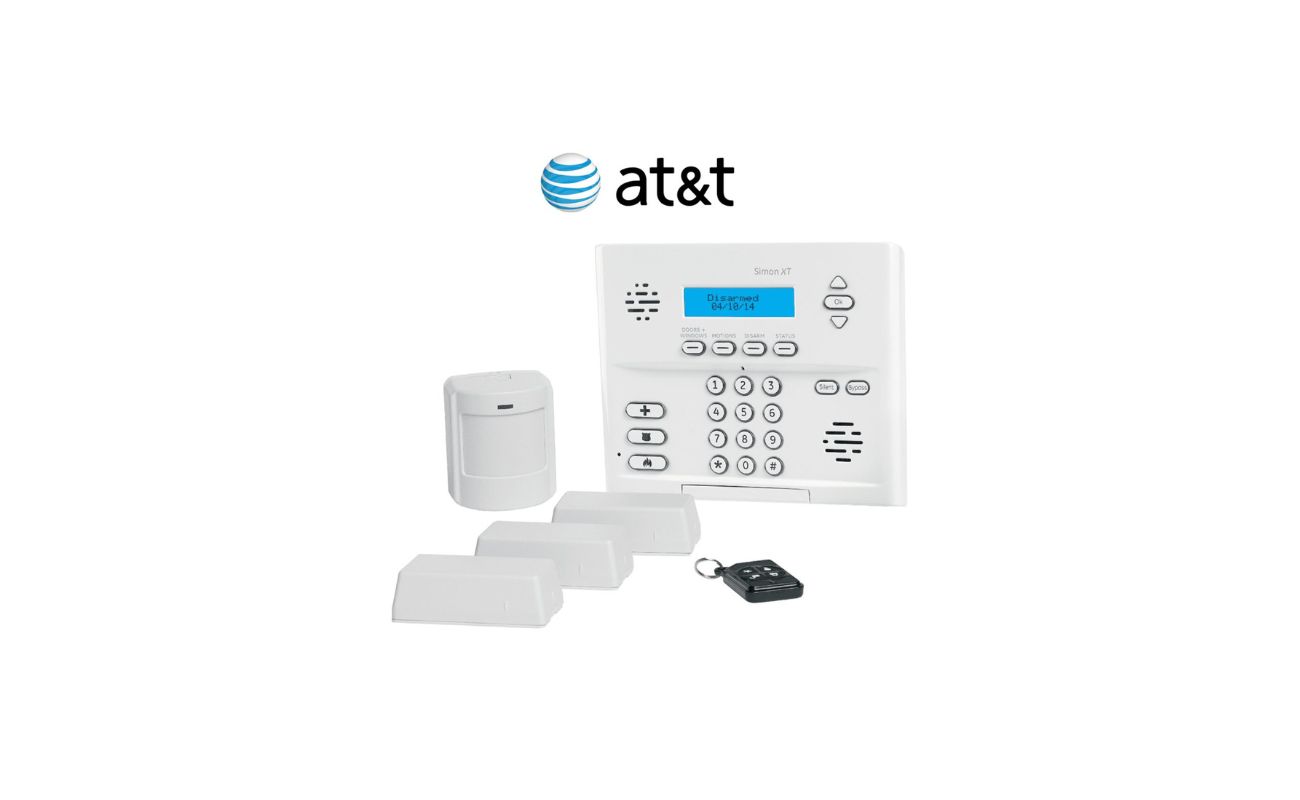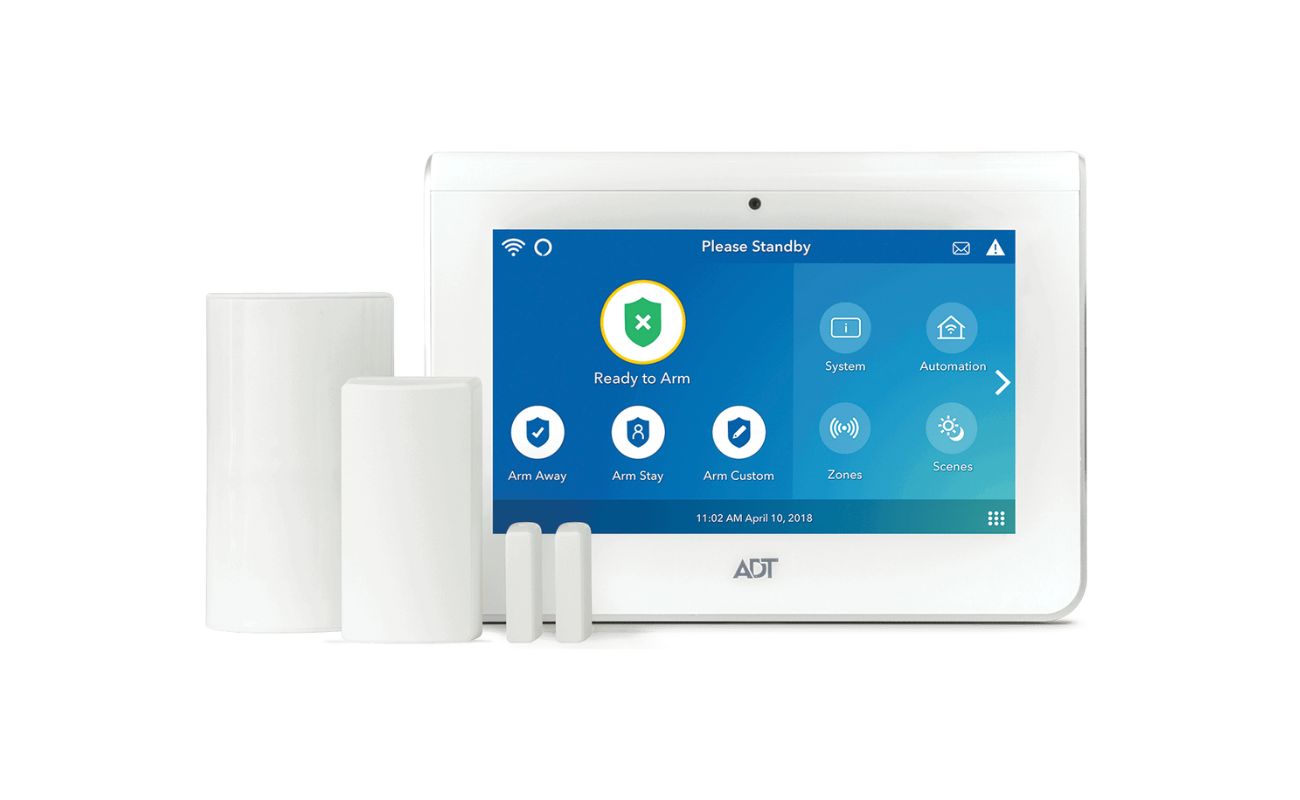Home>Home Security and Surveillance>What Is Wireless Security?


Home Security and Surveillance
What Is Wireless Security?
Modified: September 1, 2024
Learn about wireless security for your home with our comprehensive guide on home security and surveillance. Discover the best practices and products to protect your space.
(Many of the links in this article redirect to a specific reviewed product. Your purchase of these products through affiliate links helps to generate commission for Storables.com, at no extra cost. Learn more)
Introduction
Welcome to the world of wireless security! In this digital age, where interconnected devices are an integral part of our daily lives, ensuring the security of our wireless networks has become paramount. Wireless security refers to the measures taken to protect wireless networks, devices, and data from unauthorized access, attacks, and malicious activities.
With the increasing adoption of wireless technologies such as Wi-Fi, Bluetooth, and IoT devices, the importance of wireless security cannot be overstated. Hackers and cybercriminals are constantly seeking to exploit vulnerabilities in wireless networks, making it crucial for individuals and businesses to have robust security measures in place.
In this article, we will delve into the world of wireless security, exploring its definition, importance, types, protocols, common threats, and best practices. By the end, you’ll have a solid understanding of how to safeguard your wireless devices and networks from potential risks.
Key Takeaways:
- Wireless security is crucial for protecting data and preventing unauthorized access to wireless networks and devices. It involves encryption, authentication, firewalls, and best practices like strong passwords and regular updates.
- Common wireless security threats, such as eavesdropping and unauthorized access, can be mitigated by following best practices like changing default passwords, using strong encryption, and educating users about potential risks.
Definition of Wireless Security
Wireless security refers to the set of measures that are implemented to protect wireless networks, devices, and data from unauthorized access, malicious attacks, and data breaches.
Wireless networks transmit data using radio waves, allowing devices to connect and communicate without the need for physical cables. While this provides convenience and flexibility, it also introduces security risks. Hackers and cybercriminals can exploit vulnerabilities in wireless networks to intercept, manipulate, or steal sensitive information.
Wireless security encompasses various techniques, protocols, and policies that aim to protect the confidentiality, integrity, and availability of wireless networks and their connected devices. These security measures ensure that only authorized users can access the network and that data transmitted over the network remains secure.
Wireless security involves securing not only the network infrastructure but also the devices that connect to the network. This includes smartphones, laptops, tablets, Internet of Things (IoT) devices, and any other device that can communicate wirelessly.
By implementing proper wireless security measures, individuals and businesses can prevent unauthorized access to their networks, protect sensitive data, and minimize the risk of cyberattacks.
Importance of Wireless Security
In today’s interconnected world, where wireless networks are ubiquitous, the importance of wireless security cannot be overstated.
1. Protection of Sensitive Data: One of the primary reasons to prioritize wireless security is to protect sensitive data. Whether it’s personal information, financial data, or confidential business documents, unauthorized access to such information can lead to disastrous consequences. Wireless security measures such as encryption and authentication protocols help safeguard this data from being intercepted or manipulated by cybercriminals.
2. Prevention of Unauthorized Access: Wireless networks are vulnerable to unauthorized access, also known as “network piggybacking.” Without proper security measures, unauthorized users can connect to your wireless network and access your internet connection, potentially leading to decreased network performance and increased data consumption. Implementing strong passwords, MAC address filtering, and disabling guest networks can prevent such unauthorized access.
3. Mitigation of Cyber Attacks: Wireless networks are often targeted by hackers and cybercriminals who exploit vulnerabilities to gain unauthorized access or launch various attacks such as denial-of-service (DoS) attacks, man-in-the-middle attacks, or eavesdropping. Strong wireless security measures can defend against these attacks, preventing sensitive information from being compromised and ensuring the uninterrupted operation of digital services.
4. Protection of IoT Devices: The proliferation of Internet of Things (IoT) devices adds another layer of vulnerability to wireless networks. Without adequate security measures, IoT devices can become entry points for attackers to infiltrate your network. Strengthening wireless security ensures the protection of IoT devices and prevents them from being exploited by cybercriminals.
5. Compliance with Regulatory Requirements: Many industries have specific regulatory requirements regarding data security and privacy. Implementing robust wireless security measures is not only important for protecting sensitive data, but also for ensuring compliance with these regulations. Failure to comply with such regulations can result in hefty fines, damaged reputation, and legal consequences.
In summary, robust wireless security measures are crucial for protecting sensitive data, preventing unauthorized access, mitigating cyber attacks, safeguarding IoT devices, and complying with regulatory requirements. By prioritizing wireless security, individuals and businesses can maintain the trust of their customers, protect their reputation, and ensure the confidentiality and integrity of their data.
Types of Wireless Security
There are several types of wireless security measures that can be implemented to protect wireless networks and devices. Each type offers its own level of security and addresses different aspects of wireless network protection. Let’s explore some of the most common types of wireless security:
- Encryption: Encryption is the process of encoding data in such a way that only authorized parties can decipher it. In wireless networks, encryption algorithms such as WPA2 (Wi-Fi Protected Access 2) or the more recent WPA3 are commonly used to ensure that data transmitted over the network is secure.
- Authentication: Authentication verifies the identity of users or devices attempting to connect to a wireless network. This can be achieved through various methods, including passwords, digital certificates, or biometric authentication. By implementing strong authentication protocols, wireless networks can prevent unauthorized access.
- Firewalls: Firewalls act as a barrier between a trusted internal network and an external network. They examine incoming and outgoing network traffic and enforce security rules to block unauthorized access and filter out potentially harmful data packets.
- Virtual Private Network (VPN): A VPN creates a secure connection over a public network, such as the internet. By encrypting communication between devices and the network, VPNs provide an additional layer of security, making it difficult for hackers to intercept sensitive information.
- Intrusion Detection and Prevention Systems (IDPS): IDPS monitor network traffic and detect any suspicious or malicious activities. They can identify and block potential threats in real-time, helping to prevent unauthorized access and mitigate attacks.
- Physical Security: Physical security measures are designed to protect the physical components of wireless networks. This includes securing wireless routers or access points in locked cabinets, using tamper-resistant hardware, and implementing physical access controls to prevent unauthorized physical access to the network infrastructure.
It’s important to note that implementing multiple layers of security is recommended to create a comprehensive wireless security framework. By combining different types of wireless security measures, individuals and businesses can enhance the overall protection of their wireless networks and devices, reducing the risk of unauthorized access and potential security breaches.
Regularly update your wireless network’s security settings and passwords to prevent unauthorized access. Use strong encryption methods such as WPA2 and enable firewalls to protect your network from potential threats.
Wireless Security Protocols
Wireless security protocols play a crucial role in ensuring the confidentiality, integrity, and authentication of data transmitted over wireless networks. These protocols establish the framework for encrypting data, authenticating users and devices, and preventing unauthorized access. Here are some common wireless security protocols:
- WEP (Wired Equivalent Privacy): WEP was the first widely used wireless security protocol. However, it is now considered insecure due to vulnerabilities that can be easily exploited. It uses a shared key authentication and RC4 encryption algorithm.
- WPA (Wi-Fi Protected Access): To address the weaknesses of WEP, WPA was introduced. It introduced stronger security measures, including stronger encryption (TKIP – Temporary Key Integrity Protocol) and message integrity checks. WPA uses a pre-shared key (PSK) or a radius server for authentication.
- WPA2: WPA2 is the current industry standard for wireless security. It replaced WPA and introduced more robust encryption (AES – Advanced Encryption Standard) and improved security protocols. WPA2 can use either a pre-shared key (PSK) or an 802.1X-based authentication server.
- WPA3: WPA3 is the latest wireless security protocol, providing enhanced protection against security vulnerabilities. It improves encryption, introduces stronger authentication methods, and protects against offline dictionary attacks. WPA3 also supports individualized data encryption, ensuring that even if one device’s security is compromised, others remain protected.
- IEEE 802.1x: This protocol provides port-based network access control, ensuring that only authorized devices can connect to the network. It works in conjunction with an authentication server, such as RADIUS (Remote Authentication Dial-In User Service), to authenticate individual users or devices.
When choosing a wireless security protocol, it is recommended to use the latest and most secure option available, such as WPA2 or WPA3. Additionally, it’s important to regularly update firmware and security settings on wireless devices to stay protected against emerging threats.
It’s worth noting that the combination of a strong password/passphrase, regular firmware updates, and the use of advanced wireless security protocols adds an extra layer of protection to your wireless network, making it more difficult for attackers to compromise your security and ensuring the privacy and security of your data.
Read more: What Is The Wireless Security Passphrase
Common Wireless Security Threats
Wireless networks face numerous security threats that can compromise the confidentiality, integrity, and availability of data. Understanding these threats is essential for implementing appropriate security measures. Here are some common wireless security threats:
- Wireless Eavesdropping: Hackers can intercept wireless network traffic and eavesdrop on the communication between devices. By capturing data packets, attackers can gain access to sensitive information such as passwords, financial data, or personal details.
- Man-in-the-Middle (MitM) Attacks: In a MitM attack, an attacker intercepts the communication between two parties without their knowledge. The attacker can alter, modify, or inject malicious content into the communication, potentially leading to data tampering or unauthorized access to sensitive information.
- Wireless Jamming: Wireless jamming refers to the intentional disruption of wireless signals. Attackers can use jamming devices to flood the wireless frequency spectrum, rendering the network unusable or causing significant performance degradation.
- Brute Force Attacks: In a brute force attack, attackers attempt to gain unauthorized access by systematically guessing passwords or encryption keys. With the computational power available today, weak passwords or encryption keys can be cracked more easily, giving attackers access to the network.
- Unauthorized Access: Weak authentication methods or misconfigured access control settings can lead to unauthorized users gaining access to the network. Once inside, attackers can exploit vulnerabilities, launch further attacks, or gain access to sensitive data.
- Evil Twin Attacks: In an evil twin attack, attackers create a fake wireless network that appears to be legitimate. Unsuspecting users connect to this network, allowing attackers to intercept their communication and potentially collect sensitive information.
- Physical Security Breaches: Physical security breaches occur when unauthorized individuals gain physical access to wireless network infrastructure. This can include theft or tampering with routers, access points, or other networking devices, potentially compromising the security of the network.
Protecting against these threats requires a combination of technical and administrative security measures. Implementing strong wireless security protocols, using encryption, regularly updating firmware, and educating network users about potential threats are important steps in maintaining the security of wireless networks.
By understanding these common threats and taking proactive measures, individuals and businesses can better safeguard their wireless networks, devices, and sensitive data from potential security breaches.
Best Practices for Wireless Security
To ensure the utmost security of your wireless networks and devices, it is essential to follow best practices that mitigate potential risks. Here are several recommended best practices for wireless security:
- Change Default Passwords: Change the default usernames and passwords on wireless routers, access points, and other network devices. Use strong, complex passwords that include a combination of letters, numbers, and special characters.
- Use Strong Encryption: Enable strong encryption protocols such as WPA2 or WPA3 to encrypt data transmitted over the wireless network. Avoid using outdated and insecure encryption algorithms like WEP.
- Regularly Update Firmware: Keep your wireless devices’ firmware up to date. Manufacturers often release firmware updates to address security vulnerabilities and enhance performance. Check for updates regularly and apply them promptly.
- Disable SSID Broadcasting: Disable the broadcasting of your wireless network’s SSID (Service Set Identifier). This makes it more difficult for unauthorized users to identify and connect to your network.
- Enable MAC Address Filtering: Implement MAC address filtering to restrict access to your wireless network only to devices with specific MAC addresses. This adds an extra layer of protection by allowing only trusted devices to connect.
- Separate Guest Network: If your wireless router supports it, create a separate guest network for visitors. This network should have limited access rights and be isolated from your main network to prevent unauthorized access to sensitive information.
- Regularly Monitor Network Activity: Keep an eye on network activity by reviewing logs, monitoring devices connected to the network, and tracking data usage patterns. Look for any suspicious or unauthorized activity and take appropriate actions.
- Implement Two-Factor Authentication (2FA): Enable two-factor authentication where possible, especially for administrative access to network settings. This adds an extra layer of security by requiring users to provide a second form of authentication, such as a verification code sent to their mobile device.
- Train and Educate Users: Educate all network users about wireless security best practices. Teach them about the importance of strong passwords, the risks of connecting to unsecured networks, and how to identify phishing and social engineering attempts.
- Regularly Conduct Security Audits: Perform regular security audits to identify and address any vulnerabilities in your wireless network. This can be done by hiring a professional penetration tester or using automated tools to scan for potential weaknesses.
By following these best practices, you can significantly enhance the security of your wireless networks and devices. Remember, wireless security is an ongoing process, and it’s important to stay informed about new threats and security measures to adapt and protect your network accordingly.
Conclusion
Wireless security is essential in today’s interconnected world. As we rely more on wireless networks and devices, it is imperative to prioritize the protection of sensitive data and prevent unauthorized access.
In this article, we explored the definition of wireless security and its importance in safeguarding wireless networks and devices. We discussed the various types of wireless security measures, including encryption, authentication, firewalls, VPNs, and intrusion detection systems. Additionally, we explored the common wireless security threats that individuals and businesses may face, such as eavesdropping, man-in-the-middle attacks, and unauthorized access.
To mitigate these threats, we outlined best practices for wireless security, including changing default passwords, using strong encryption, regularly updating firmware, and implementing MAC address filtering. We also emphasized the significance of educating users about potential threats and regularly monitoring network activity.
By implementing these best practices, individuals and businesses can create a more secure wireless environment, protecting sensitive data, preventing unauthorized access, and mitigating potential security breaches. It is crucial to continually stay informed about emerging threats and keep up with evolving security measures to adapt and strengthen your wireless security posture.
Remember, wireless security is an ongoing effort that requires consistent attention and maintenance. By adopting a proactive and vigilant approach, you can enjoy the benefits of wireless connectivity while ensuring the privacy and security of your network and data.
Frequently Asked Questions about What Is Wireless Security?
Was this page helpful?
At Storables.com, we guarantee accurate and reliable information. Our content, validated by Expert Board Contributors, is crafted following stringent Editorial Policies. We're committed to providing you with well-researched, expert-backed insights for all your informational needs.

